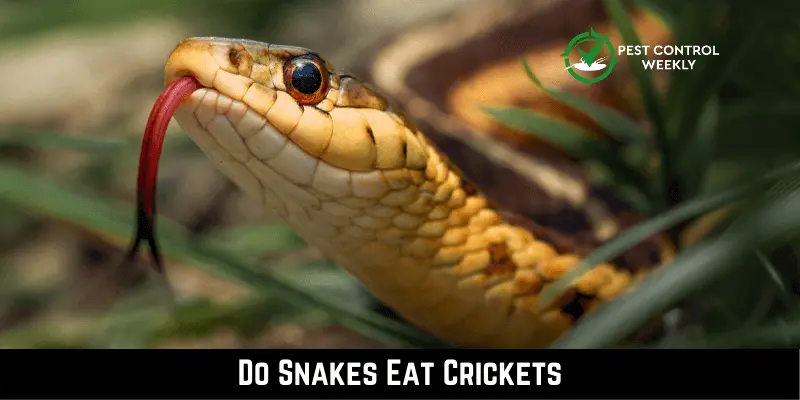Snakes are beautiful animals that live in many different places around the world. They have been fascinating people for thousands of years. On their plates, you can find mammals, birds, fish, and even a few odd things like insects. A curious question arises from this: do snakes eat crickets?
Yes, a few kinds of snakes do eat crickets. Crickets are an ideal food source for smaller snake species and juveniles of larger species because of their size and nutritional value.
This article looks deeper into the subject, explaining the interrelated nature of snakes, their habitats, and the crickets they eat.
Factors Affecting a Snake’s Diet
Size of the Snake
One interesting thing about the world of snakes is how the size of these cold-blooded animals affects what they like to eat. In the huge world of animals, the sizes range from tiny thread snakes that don’t even reach 10 centimeters to the huge coated python that can grow up to 7 meters long.
Smaller snakes, in contrast to their larger relatives, who prey on huge mammals and birds, eat mainly insects, arachnids, and other small animals. Their physiques force them to make these choices since the width of their food must match the diameter of the snake. Larger snakes are able to control and eat large prey because of their greater size and unique adaptations.
Species of the Snake
Because there are so many different kinds of snakes, their eating habits are very distinct. Just as people’s tastes in food vary from country to country, so do the diets of different snake species. Some snakes, like the insectivorous Eastern Worm Snake, eat mostly insects, while others, like the cannibalistic King Cobra, feed mainly on other snakes.
The Paradise Tree Snake is an airy dancer that specializes in hunting birds in their high nests. The Sea Krait, like many marine animals, is used for marine life and food. The unique eating habits of each species are the result of a complex orchestra of evolutionary changes as unique as the patterns of scales covering their bodies.
Location and Habitat
The diet of a snake is greatly affected by its geographical range and habitat. The availability of resources is the primary factor, and different ecosystems provide different hunting grounds. When hunting the small rodents, lizards, and insects that also call the desert home, species like the Sidewinder take advantage of their unusual method of movement. Boa constrictors take advantage of the richness of rainforests by feeding on a wide variety of mammals, birds, and even reptiles.
Water snakes are well-adapted to life in the water, and they consume amphibians, fish, and aquatic invertebrates with ease. Adaptable animals, such as the Common Rat Snake, take advantage of the abundance of rodents in urban and suburban settings. The snake’s food changes as its environment grows or reduces, always adapting to the best of what is available.
The Benefits of Eating Crickets For Snakes
Nutritional Value of Crickets
As strange as it may seem to humans, eating insects is a great way for some snakes to get all the nutrients they need. The bodies of these tiny invertebrates are full of important amino acids, which are the building blocks of life. And because crickets are rich in lipids, they help snakes maintain the energy reserve they need for activities like metabolism and thermal regulation that are limited to them.
According to Nutrition and Sustainable Diets calcium and vitamin B12, two minerals and vitamins found in crickets, are essential for the snakes’ ability to shrink and move. In addition, crickets’ chitinous exoskeletons add an amount of fiber that helps the digestive system. So, these tiny creatures have a lot of health benefits, making them a valuable and healthy part of a snake’s diet.
Availability of Crickets
Since crickets are found worldwide, some snakes can easily find them to eat. Since these insects are everywhere, both in cities and the wild, they are a simple and dependable food source. The nocturnal nature of crickets makes them an easy prey item for many types of snakes, who also feed mostly at night. Due to their small size and slow movement, crickets are great prey for small snakes and young reptiles.
The insects are easy to find because they breed quickly, so there is a steady food source. Commercially produced crickets are widely available for sale and make a good source of protein for pet snakes. Therefore, snakes find crickets appealing, and useful food due to their easy availability and quantity.
What Snake Species Eat Crickets?
Corn Snakes (Pantherophis Guttatus)
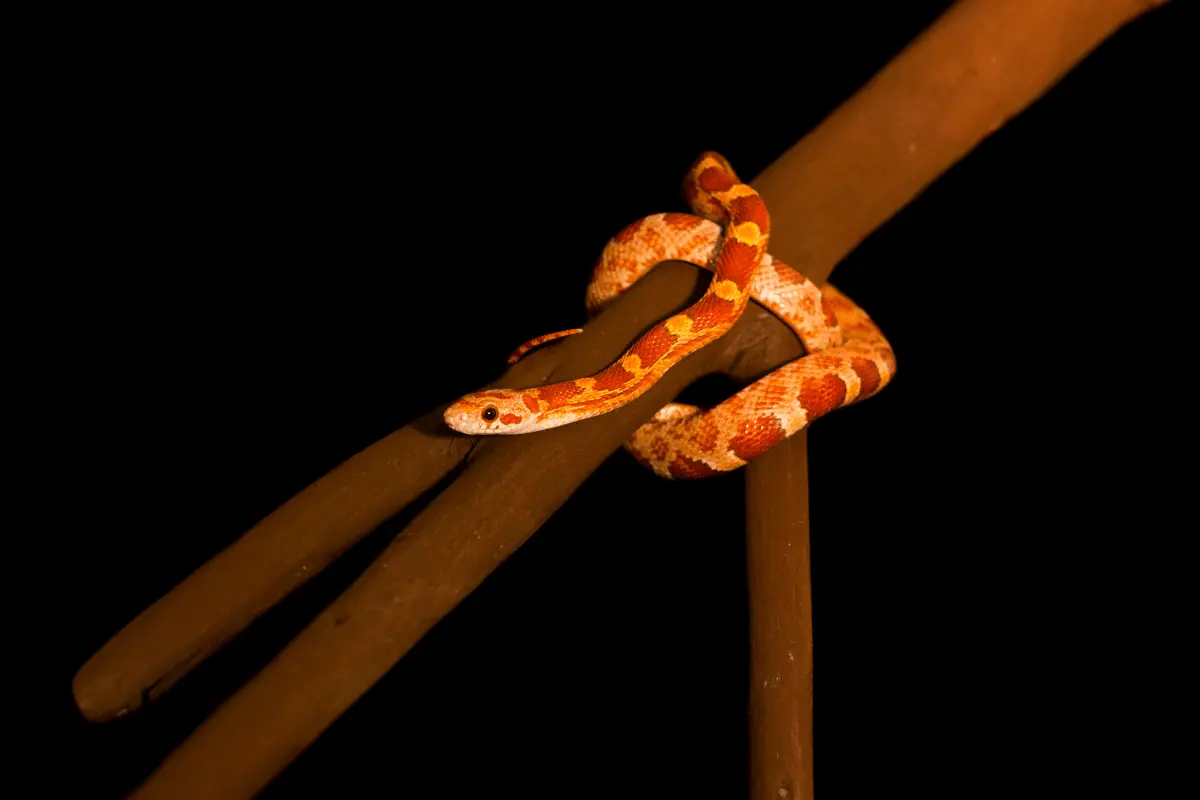
Native to North America, the colorful corn snake symbolizes flexibility and adaptability. Although they mainly feed on tiny rodents, young snakes of this species often show opportunist hunting and eat insects. Corn snakes are great crawlers, so they can get into places other animals living on the ground can’t. They do this to get to places where there are lots of insects.
Their thin, agile bodies help them accurately track down these quick prey. For young Corn Snakes, the soft outer shell of crickets makes them easy to eat and digest, which is a great start for them to become predators. In the world of herpetoculture, pet Corn Snakes often eat bugs, which give them important nutrients as they grow.
Garter Snakes (Thamnophis sirtalis)
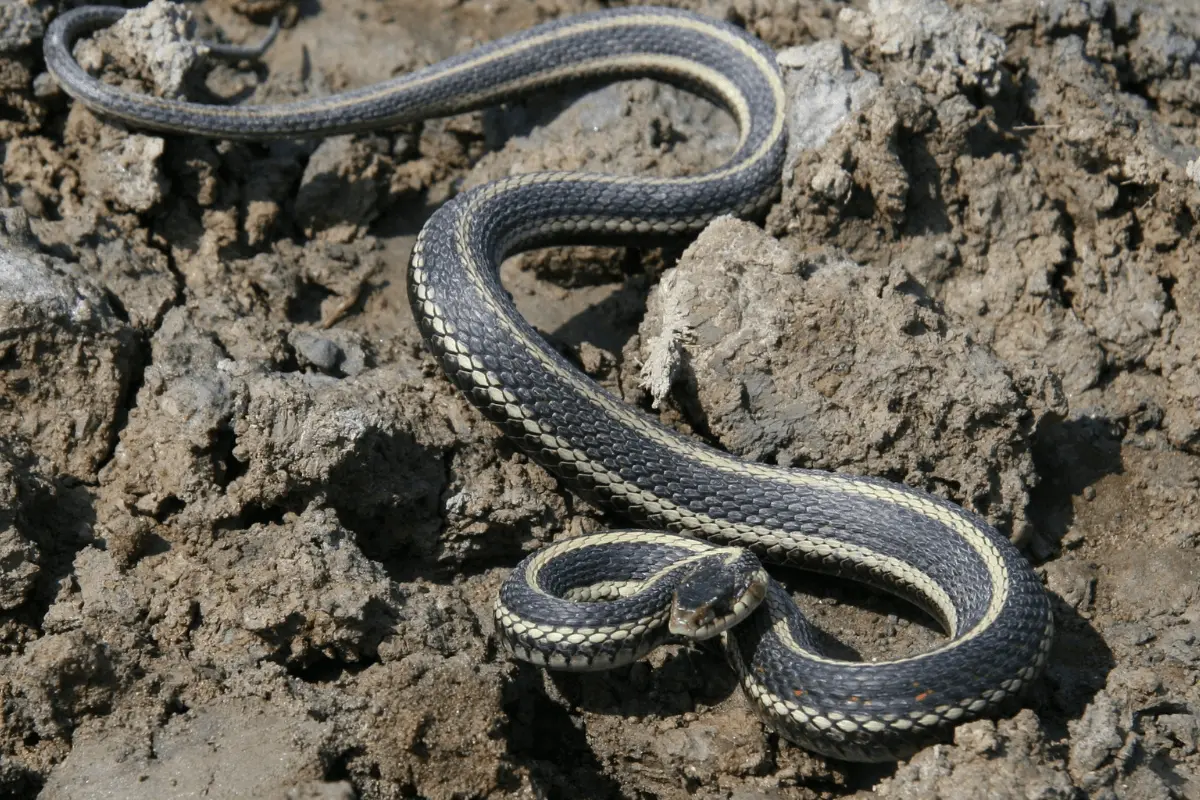
Garter snakes, with their unique linear stripes, show how well snake species can adapt to their environments. Their food reflects this because they can adapt to a wide range of habitats. Crickets are a common part of their diet, along with amphibians and earthworms. Crickets are an easy target for these quick predators because to their small size and slow movement.
Not like other snakes, Garter Snakes don’t use the common constriction technique. Instead, they use their speed and reflexes to easily kill crickets. These snakes are able to adapt to a wide variety of environments thanks to their varied diet, which includes insects.
Eastern Worm Snakes (Carphophis Amoenus)
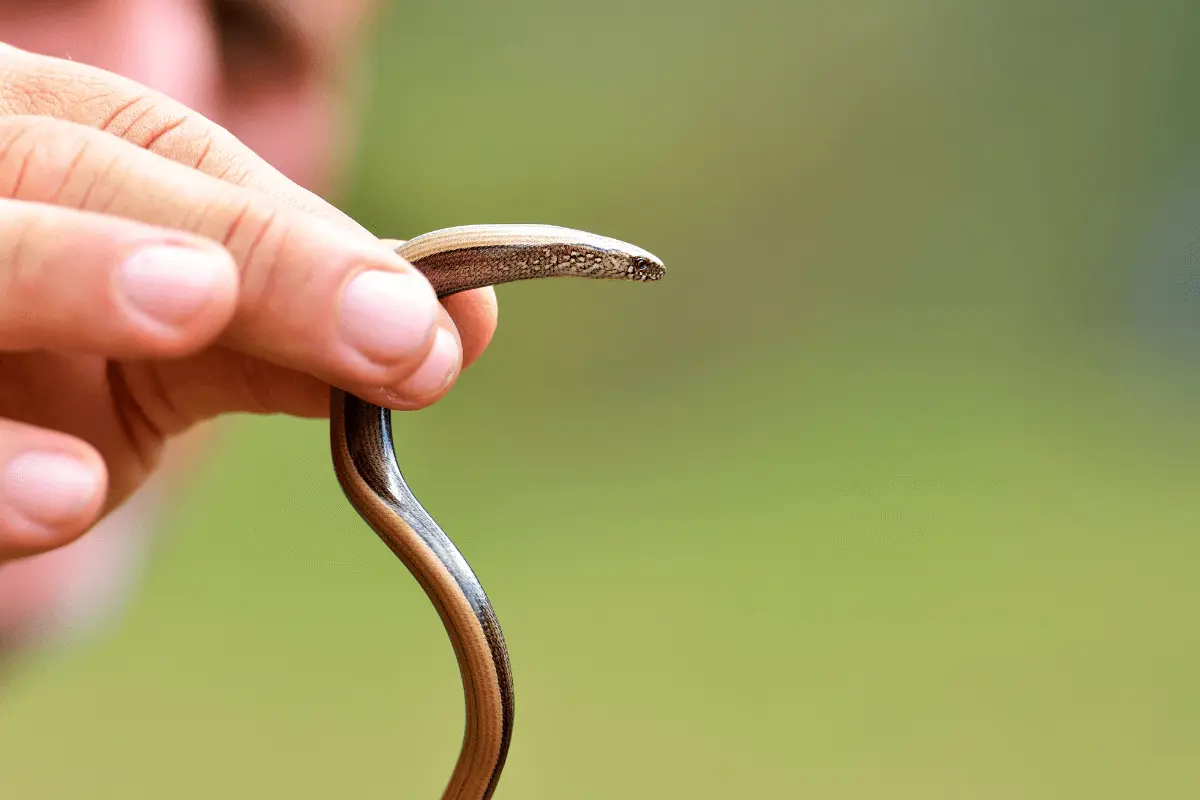
The small and rosy brown color makes Eastern Worm Snakes stand out in the Eastern United States, where they are sometimes misidentified as earthworms. These snakes are stealthy burrowers that prefer humid forest environments. Due to their small size and lack of constrictor features, they prefer feeding on soft-bodied invertebrates like crickets.
Because of their adaptability, crickets make great and tasty prey. The crickets are a good fit for the Eastern worm snake’s unusual feeding style, in which the snake pushes its meal against a hard surface to gain leverage before eating. The cleverness and adaptability of these one-of-a-kind animals are fully displayed in this fascinating encounter between predator and victim.
Rough Green Snakes (Opheodrys Aestivus)
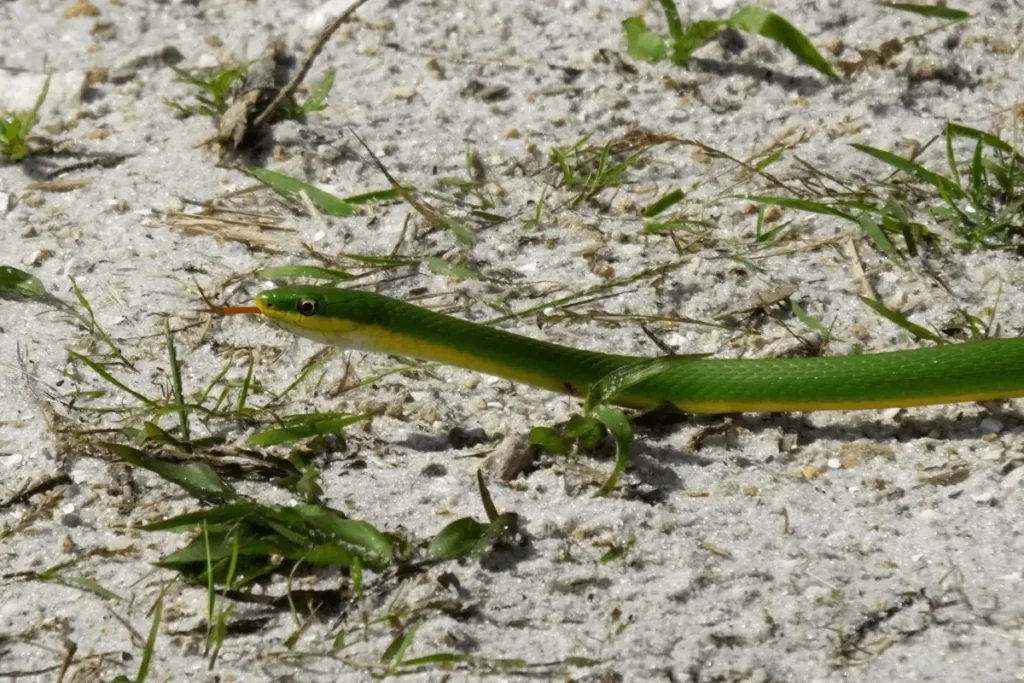
The Rough Green Snake is native to the southeastern United States, and its bright green color and thin body make it look like a moving vine. Unlike most snakes, tree boas spend much of their time in the trees and eat mostly insects. Due to their small size and abundance in their native habitat, crickets make up a significant portion of the snake’s food.
The Rough Green Snake uses a “sit and wait” approach. It hides among plants and attacks insects that don’t see it coming. Crickets are a specific target because they can’t bite or restrict, making them a tasty meal. Crickets are a great and easy food source for these snakes in captivity.
Milk Snakes (Lampropeltis Triangulum)
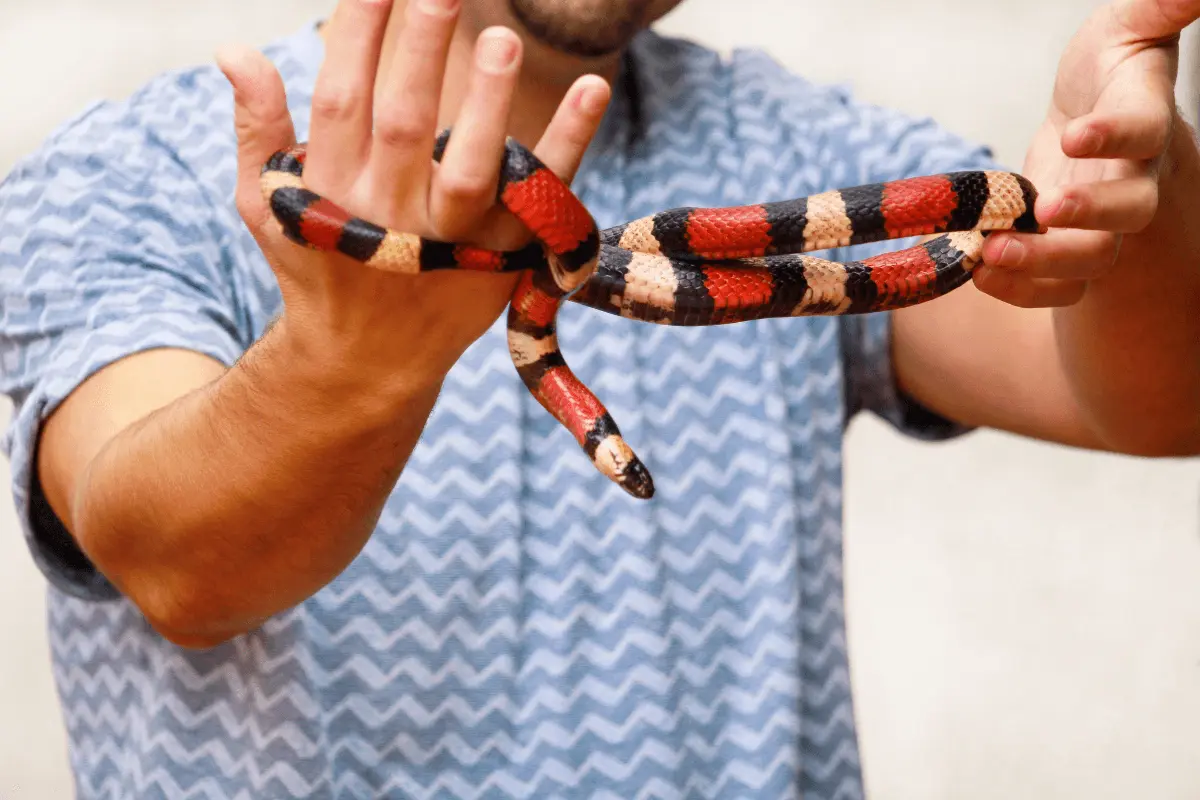
The beautiful and harmless Milk Snake is a snake found throughout the Americas. These snakes have a more varied diet than youngsters, including crickets and other insects. Due to their small size and soft bodies, crickets are a great nutrition source for these developing predators. Crickets are easy to find both in the wild and in cities, so they are a reliable food source. As adult Milk Snakes, their diet shifts to include larger prey items like rodents and birds.
Ribbon Snakes (Thamnophis sauritus)
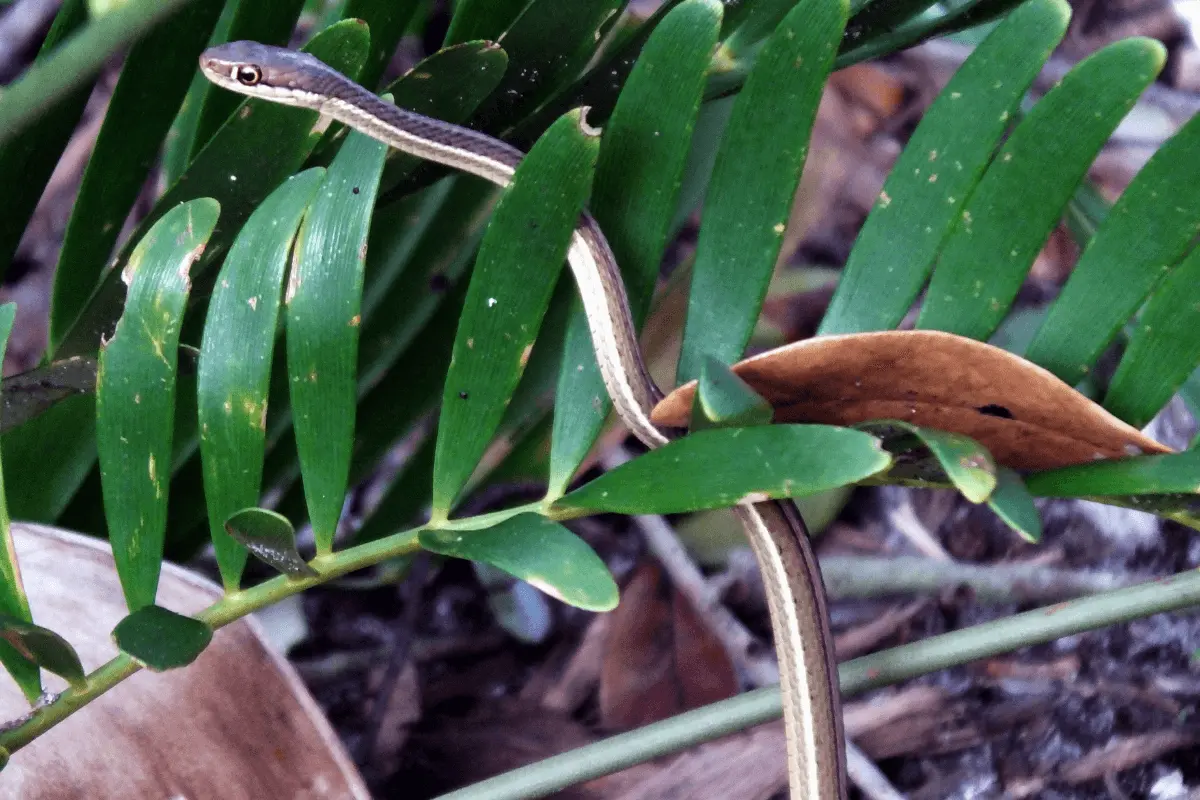
Ribbon Snakes, a species native to North America, are slim and fast-moving and are closely related to Garter Snakes. Since they are insects, crickets are a common part of their varied diet. Crickets are a dependable source of nutrients due to their availability and quantity.
Ribbon snakes are famous for their unusual hunting methods, which involve following prey until they have trapped it and then killing it. These fast predators, like other insects, and the slow-moving crickets are easy targets. In addition to being a vital part of the snake’s diet, crickets’ soft bodies make them simple to digest.
Ringneck Snakes (Diadophis Punctatus)
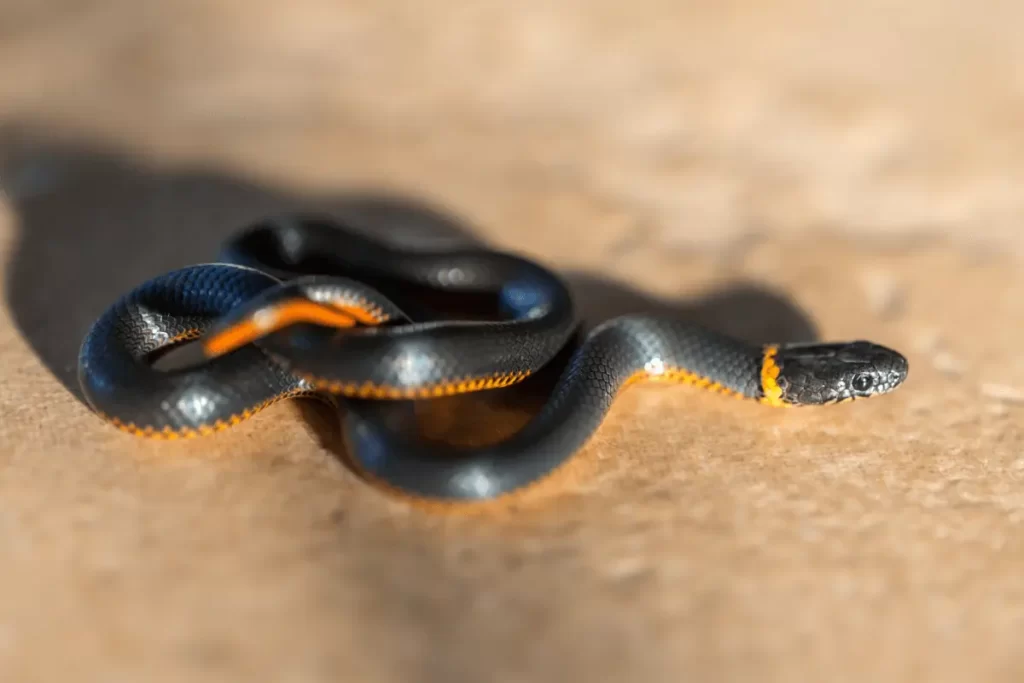
The Ringneck Snake, named after the colorful ring around its neck, is found in many parts of North America. These animals are nocturnal, prefer the cover of darkness for hunting, and live in humid locations. They prefer crickets and other similarly sized animals because of their small size. Crickets are suitable prey because of their small size and high abundance. Ringneck Snakes use both poison and constriction to bring down their food. This makes it easy and effective for them to catch fast-moving crickets.
Dekay’s Brown Snakes (Storeria Dekayi)
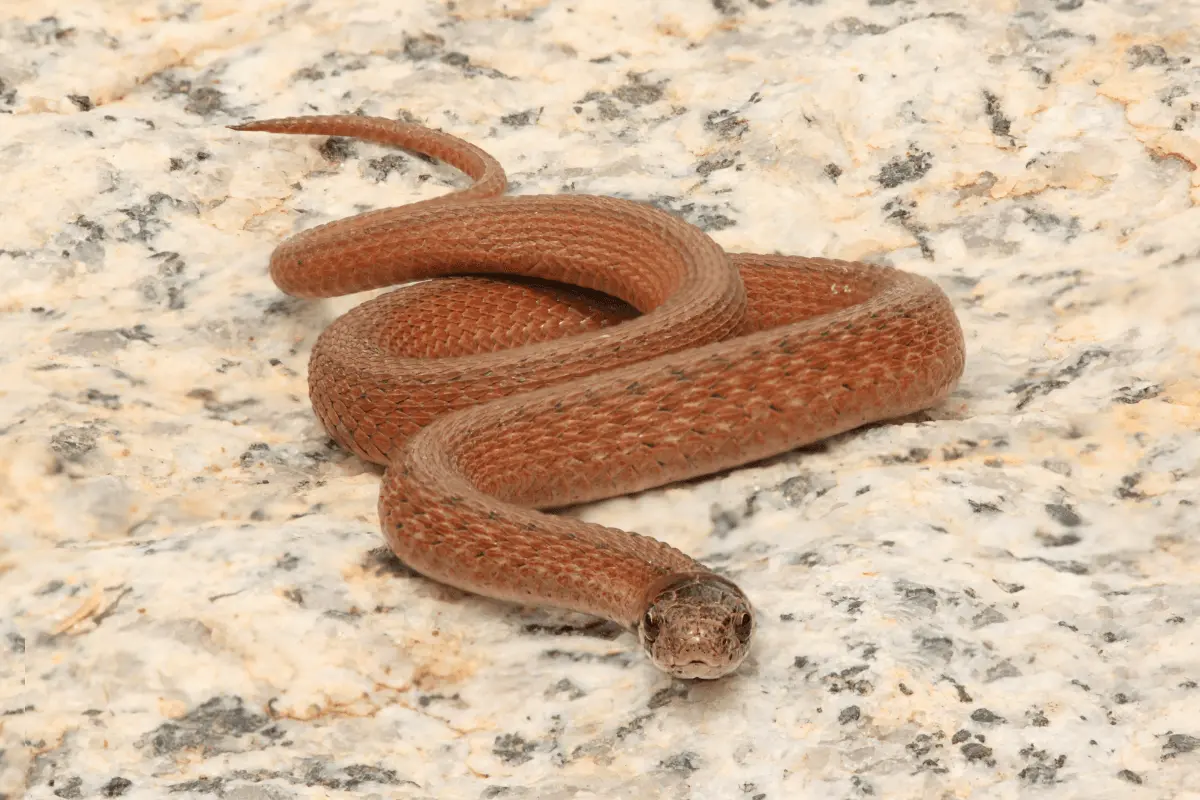
Dekay’s Brown snakes are common in North America and are little snakes that live on the ground. Their small size and wide geographic range mean that they eat a wide range of soft-bodied animals, such as slugs, earthworms, and crickets. Since these snakes are calm and don’t bite, crickets are easy to find and swallow. In its natural home and in cities, the Brownsnake takes advantage of the many crickets to meet its nutritional needs.
African House Snakes (Boaedon Fuliginosus)
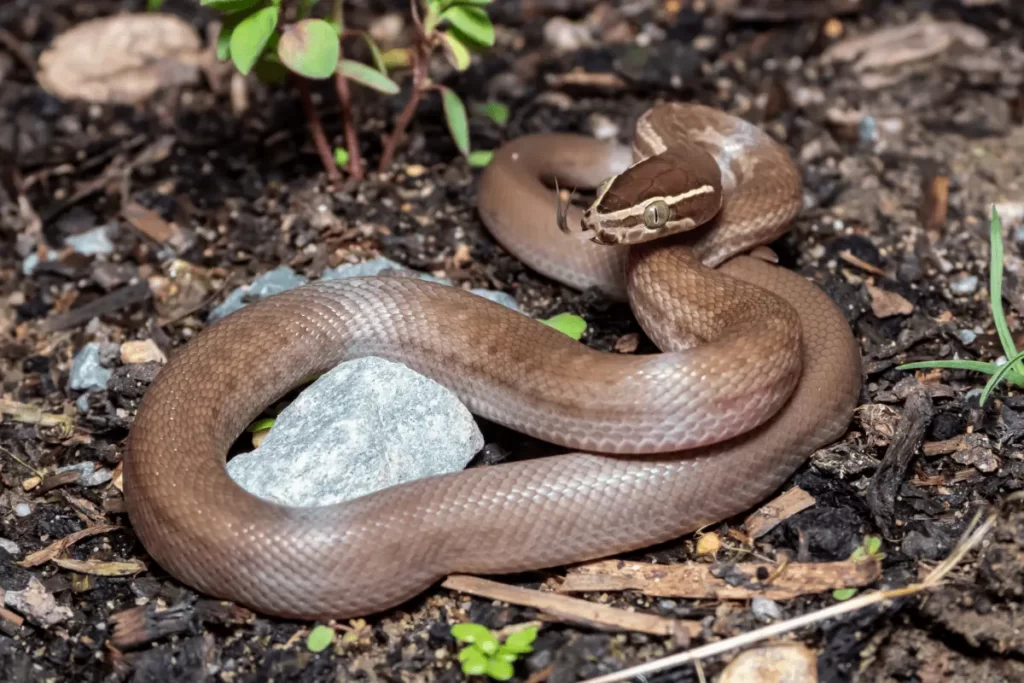
African house snakes are small, quick-growing snakes native to Africa south of the Sahara. House snakes eat primarily rodents. However, juveniles sometimes include invertebrates like crickets in their diet. Crickets provide essential nutrients for the development and growth of these baby snakes due to their soft bodies and mild movement, making them perfect prey. As African House Snakes get older, they start to eat bigger animals instead of crickets. However, eating crickets is a big part of their early life food.
Green Snakes (Opheodrys spp.)
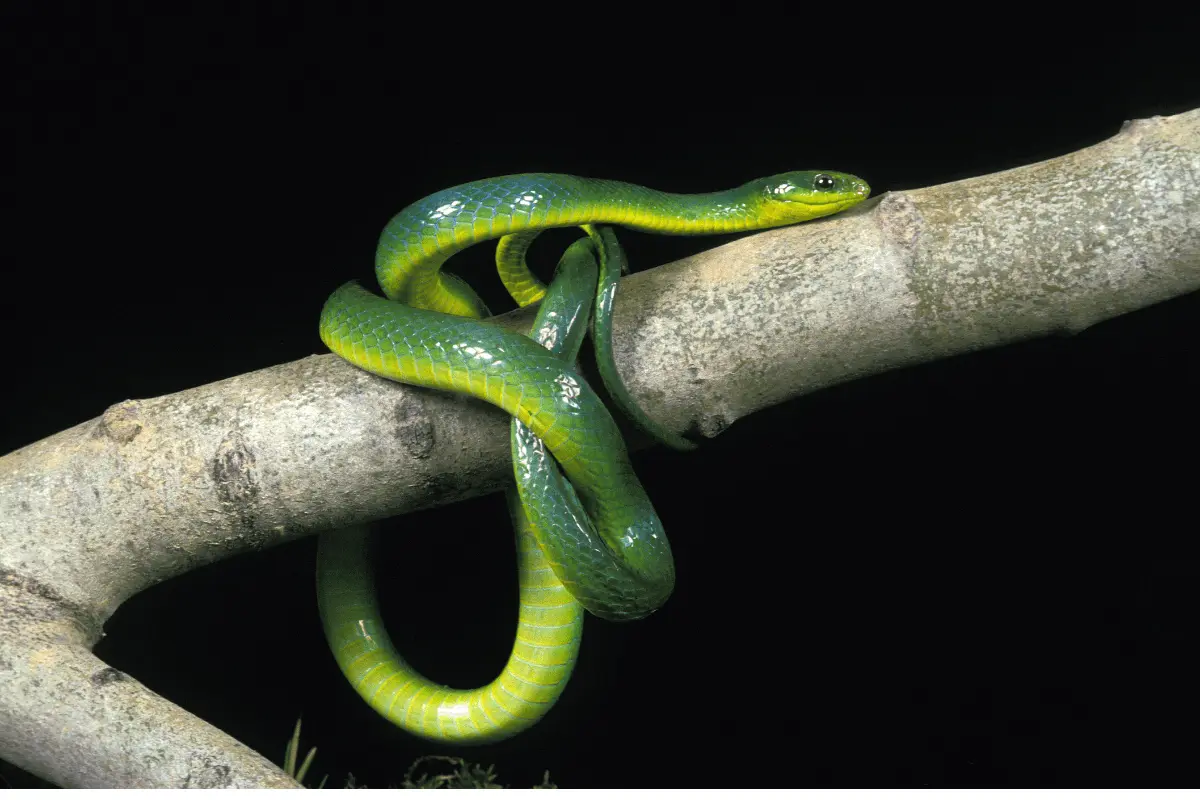
Both the Rough Green Snake and the Smooth Green Snake are members of this colorful group of tree snakes that eat mainly insects. Their small, slender bodies and busy ways of hunting are well-suited to getting quick crickets. Amazing camouflage that allows green snakes to fit in with their surroundings and attack their prey. These species like to eat crickets because they can find them in many places, and they are good for them. They also like to eat them because they are small and easy to capture.
Conclusion
Snakes are important predators in the natural world because they help keep the ecology in balance. Many species of snakes prey on crickets because they are small and nutritious. Due to its abundance and high nutritional value, insects are an essential part of the diet of many snakes, especially younger individuals and smaller species.
The snake’s life history, ecological role, and environmental factors affecting survival can all be better understood by learning about the snake’s diet, which may include crickets. It is important to think about these things if you want to protect these amazing animals and their homes.
FAQs
References
Tanga Chrysantus M., Kimathi Emily K., Ongere Jackton O., Fiaboe Komi K. M., Hugel Sylvain, Orinda Mary A., Roos Nanna, Ekesi Sunday, TITLE=Edible Crickets (Orthoptera) Around the World: Distribution, Nutritional Value, and Other Benefits—A Review-JOURNAL=Frontiers in Nutrition-VOLUME=7-YEAR=2021
